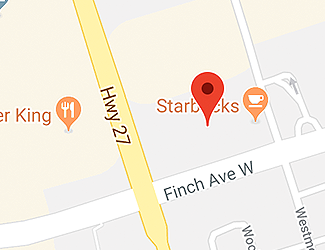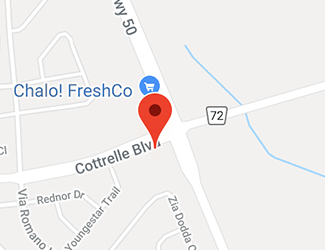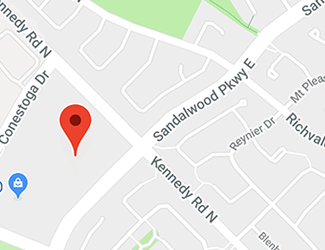
Oral Cancer Screening
Like other types of cancer, early detection means better chances of survival. However, most cases of oral cancer are usually diagnosed late, usually only when it has spread out to other parts of the body. Oral cancer screening is intended to detect oral cancer as early as possible to increase the patient’s chances of being cured.
Oral cancer usually starts off as a lesion and affects the tongue, lips, inside of the cheeks, hard palate and the floor of the mouth, as well as the throat and the base of the tongue. It is best to detect oral cancer at the onset since the lesions are easier to remove at this stage.
Who are at risk?
Most of the patients diagnosed with oral cancer are men. They account for 70% of the cases and most of them are over 50 years of age. Among men, oral cancer places as the sixth most common type of cancer.
Lifestyle is one of the biggest factors that may contribute to the development of oral cancer. Those who are at greatest risk are those who smoke. They are six times more likely to develop oral cancer than non-smokers. Heavy alcohol consumption can also lead to oral cancer. Those who combine drinking and smoking are at greater risk than those who do not combine the two.
The human papilloma virus (HPV), a sexually-transmitted virus, has also been recently linked to cancers that occur in the oropharyngeal region, the part of the throat at the back of your mouth. This has been observed to be the usual cause of oral cancer for non-smokers and those below 50 years old.
Other risk factors include:
- Age – People over 40 years old are the ones who usually develop oral cancer
- Sun exposure can lead to lip cancer.
- People with a history of cancer in the family are pre-disposed to developing it.
What are the symptoms of oral cancer?
These are the most common signs of oral cancer to watch out for:
- A sore, lesion, irritation, lump or growth, especially if it has not gone away for more than two weeks
- White or red patches in the oral cavity
- A thick or rough spot or a small eroded area
- Numbness, pain or tenderness in the mouth or lips
- Difficulty in chewing, swallowing or moving the jaw or tongue
- Swelling of the jaw that is causing dentures or teeth to not fit perfectly
How is oral cancer screening done?
Oral cancer screening is usually done through a visual and tactile examination. This involves examining the mouth and the rest of the oral cavity for sores, bumps, discolored patches or any abnormalities as well as feeling for bumps or growth on the neck, face, head. This is usually done as part of a routine dental checkup.
If there are any abnormalities in the mouth, a biopsy may be done by the dentist. This involves the collection of a sample of the abnormality and sending it to a laboratory to be tested.
There are also dental technologies that can be used in conjunction with a physical examination to screen for oral cancer. These are:
- Vizilite – involves the application of acetic acid and a blue dye on a lesion
- VELscope – a blue light is used in a dark room to check for any abnormality. It also has a camera accessory.
- Identafi – uses three kinds of lights. The white light is used for a standard examination. The violet light allows the dentist to see abnormal tissue based on their loss of fluorescence under the light. The amber light allows for the observance of the suspicious tissue’s vasculature.
If you are exhibiting any of the symptoms mentioned or are worried that you are at risk of developing oral cancer, ask us about oral cancer screening. Remember that early detection leads to better chances of curing oral cancer.







